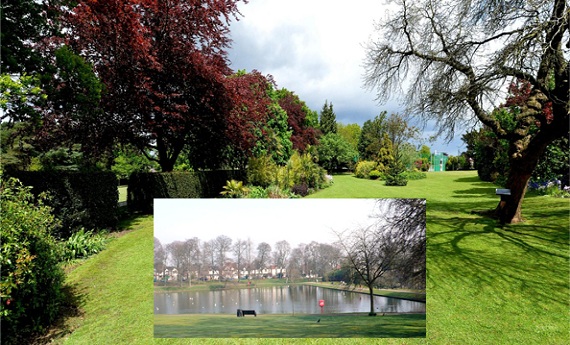Prisons: A 19th Century Solution to a 21st Century Problem

London: More than a quarter of all prisoners in England and Wales are held in prisons built in the Victorian era. Some jails are even older. Brixton Prison in south London opened in 1818. The Covid-19 crisis is prompting a major rethink of how we will live and work in the future. Yet prisons remain stuck in the past: a 19th century solution to a 21st century problem. The resulting policy inertia is palpable. The per capita prison population across England and Wales is far higher than comparable European countries. Our imprisonment rate is almost twice Germany’s.
“We want to reduce the female prison population”, the Female Offender Strategy stated in June 2018. Three years on, the number of female prisoners has fallen; in good part because of the disruption to the courts during the Covid-19 lockdown. Yet the government recently announced plans to build 500 more women’s prison places. We need fundamental systems change, Liz Hogarth argued in a pamphlet for us a few years ago, to get us out of the ‘justice loop’. Plans to expand women’s prisons come on top of those to spend more than £2 billion on a new generation of prisons; institutions that could last well into the 22nd century and beyond.
The way we work, relax, socialise and live will likely be transformed in the coming years. Our approach to prisons risks staying locked in the past. There is always better use for a piece of land than as a place for a prison. Coming to terms with our overuse of imprisonment and charting a way to a lower-imprisonment future could form part of a fitting legacy of the Covid-19 crisis.
Source: Centre for Crime and Justice Studies





